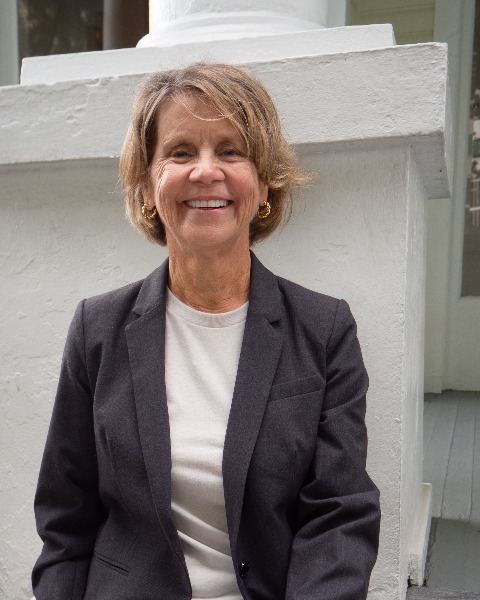English
RT1: Closing Roundtable - Hosted by APT College of Fellows
Saturday, November 16, 2024
4:00 PM - 5:30 PM EST
CE: 1.5
- CE
- LW
- DS

Christine Rupp
Executive Director
Dade Heritage Trust
David Fixler, FAIA FAPT FFTI LEED (he/him/his)
Lecturer in Architecture
Graduate School of Design, Harvard University
Panelist(s)
This session has qualified for 1.5 LU|HSW Credits
This facilitated discussion will explore the meaning and value of preservation today especially among those in our industry who use the words preservation and conservation to describe only a relatively narrow aspect of work on existing buildings. Fueled by demand and a rising sense of urgency about re-using buildings of all kinds in the name of climate action, this is an expanding area that presents a chance for heritage professionals to be proactive in acknowledging the need for change while introducing a preservation ethos wherever appropriate to a broader cross section of the industry.
There is growing interest in conservation and adaptive reuse among students outside of traditional preservation programs, who nonetheless demand greater training in working with existing buildings – and to embrace best practices in doing so. This session engages panelists from academia, industry and related professions to explore synergies to effectively capitalize upon this surge in interest in working with existing structures to foster a more rigorous preservation ethos among the parties engaged in producing this work.
HSW Justification:
All four learning objectives relate directly to addressing climate change which poses a threat to the health, safety, and welfare of all people. Objectives 1, 2, and 4 relate to Programming and Analysis as well as Project Planning and Design themes.
This facilitated discussion will explore the meaning and value of preservation today especially among those in our industry who use the words preservation and conservation to describe only a relatively narrow aspect of work on existing buildings. Fueled by demand and a rising sense of urgency about re-using buildings of all kinds in the name of climate action, this is an expanding area that presents a chance for heritage professionals to be proactive in acknowledging the need for change while introducing a preservation ethos wherever appropriate to a broader cross section of the industry.
There is growing interest in conservation and adaptive reuse among students outside of traditional preservation programs, who nonetheless demand greater training in working with existing buildings – and to embrace best practices in doing so. This session engages panelists from academia, industry and related professions to explore synergies to effectively capitalize upon this surge in interest in working with existing structures to foster a more rigorous preservation ethos among the parties engaged in producing this work.
HSW Justification:
All four learning objectives relate directly to addressing climate change which poses a threat to the health, safety, and welfare of all people. Objectives 1, 2, and 4 relate to Programming and Analysis as well as Project Planning and Design themes.
Learning Objectives:
- Demonstrate principles of sustainable preservation and how the growing interest in reducing carbon and slowing climate change is presenting broader opportunities for the reuse of existing structures.
- Evaluate and expand opportunities to collaborate with partners in industry to develop materials and techniques to enable more sound, sustainable, and resilient treatments for the conservation and upgrade of existing structures, including maintenance protocols.
- Identify and explain possible ways to expand student engagement and research topics in academia to offer a broader spectrum of methods for engaging the existing built environment while reducing carbon.
- Demonstrate how a more nuanced approach to and understanding of the regulatory apparatus governing work on heritage structures could foster a broader preservation ethos and refined advocacy.

.jpg)
.jpg)



